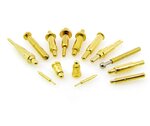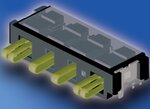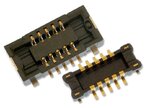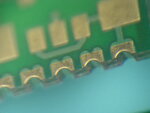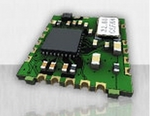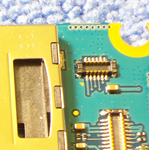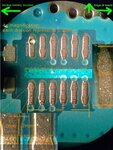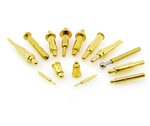arbj2
Full Member level 3

- Joined
- Apr 10, 2012
- Messages
- 166
- Helped
- 10
- Reputation
- 20
- Reaction score
- 10
- Trophy points
- 1,298
- Activity points
- 2,697
Hi,
I have just completed my design, I need to now work out a method of programming 10F222 (SOT23 package) using PICKit3.
The PIC (unprogrammed) and other components would be initially soldered to the PCB, the pins of the PIC are connected to various points via jumpers, the jumpers would not be soldered. The ICSP pins of the 10F222 will be connected to PICkit3 via small wires, after programming the wires would be disconnected and the jumpers soldered.
This process would be repeated for all the PCBs in production.
Is there any other way of doing this??? The above process seems time consuming..
thanks
a
I have just completed my design, I need to now work out a method of programming 10F222 (SOT23 package) using PICKit3.
The PIC (unprogrammed) and other components would be initially soldered to the PCB, the pins of the PIC are connected to various points via jumpers, the jumpers would not be soldered. The ICSP pins of the 10F222 will be connected to PICkit3 via small wires, after programming the wires would be disconnected and the jumpers soldered.
This process would be repeated for all the PCBs in production.
Is there any other way of doing this??? The above process seems time consuming..
thanks
a
